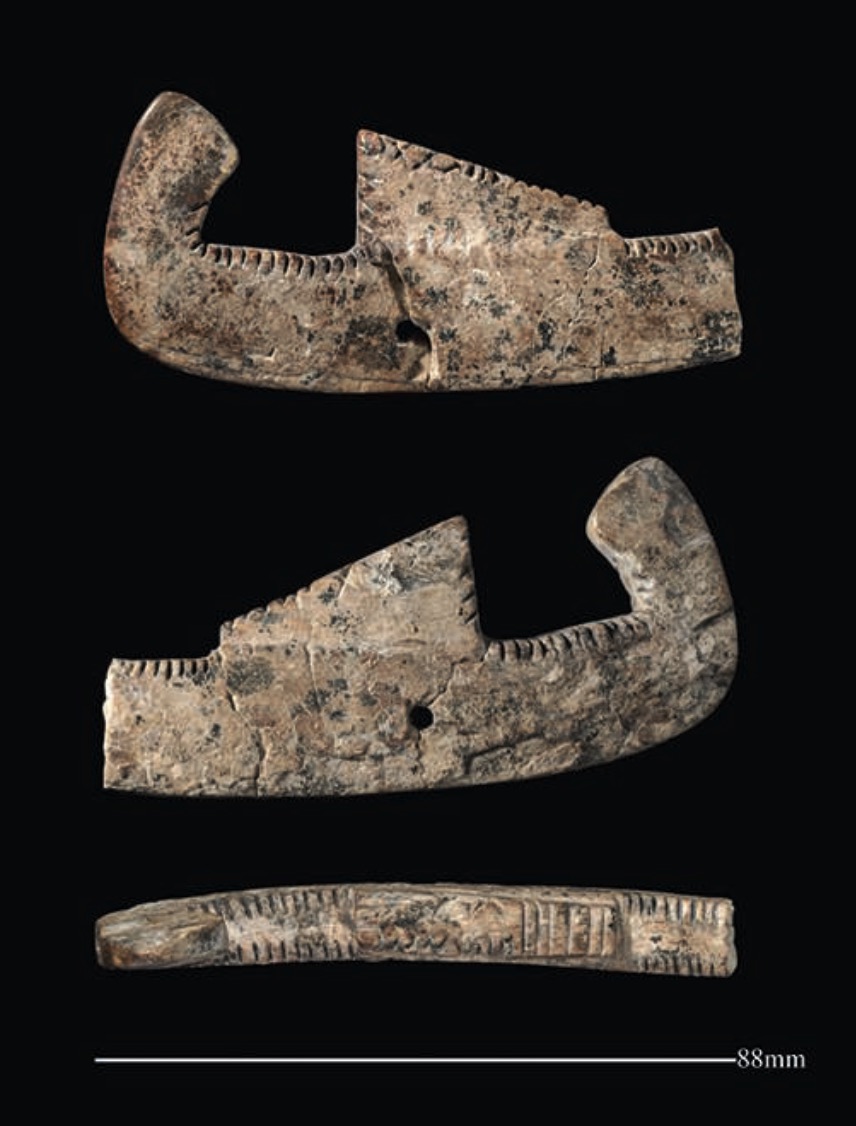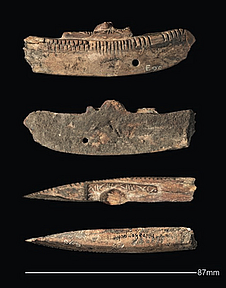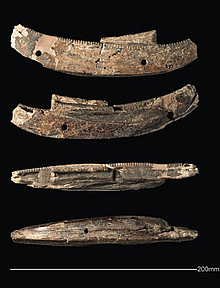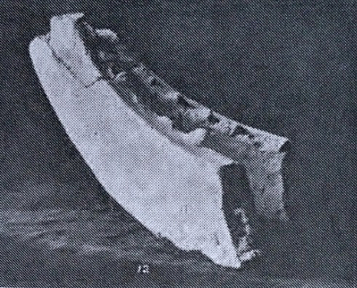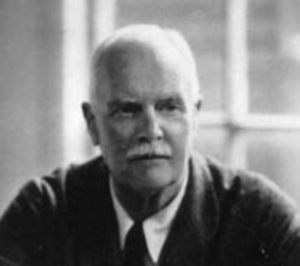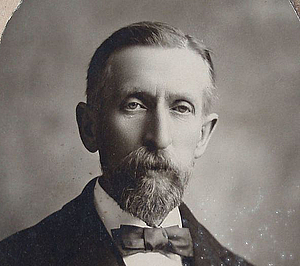Model – boat MOD-0015
By Vanhulle, Dorian
, Nekhen town, Temple, 'Main Deposit'.
1898–1899 : Egypt Exploration Fund excavation.Oxford, Ashmolean Museum, University of Oxford, AN 1896-1908 E.4670.
Date : Naqada III
This model comes from the Main Deposit at Hierakonpolis, which notably contained Early Dynastic material such as the Narmer Palette, the Narmer Mace-head and the Scorpion Mace-head (Dynasties "0" and 1). The archaic levels in the Temple of Hierakonpolis are extremely difficult to date with precision since the deposits have been used during an extensive period of time and mix materials from different periods. Although the typology of the model suggests a Naqada IIIA–B date, a 1st dynasty date (Naqada IIIC) cannot be rulled out.
Material : Ivory (undefined) (Carved)
Preservation : Fragmentary
Preservation information :
The front half of the model, which mainly consists of the prow, is lost.
Description
Model of a boat adopting the classic Naqada III royal boat typology: the stern is vertical and triangular in shape. Although the prow is lost, it was likely raised upwards, if not strictly vertical. The deck structure is roughly rectangular, with the back wall higher than the front one. This structure is a seat or a throne which was used to accomodate a member of the ruling elite. Such seats are well-attested in Naqada III iconography and are systematically associated with royal boats. Unlike most models coming from the Main Deposit, this example is rather flat and may perhaps have been an amulet or a pendant rather than model per se.
Decoration
The gunwale is covered with incised strokes, which are probably emulating the ligatures used to tightened the different parts of real wooden structures at that time. The central structure is covered with an alternation of incised strokes and crosses. Most probably, they are also the indicatation ligatures. One perforation was drilled through the hull, underneath to the level of the backrest of the deck structure.
Dimensions (cm)
4.2
8.9
1
Additional information
Acknowledgements
We thank Liam McNamara for facilitating the study of this artefact.
